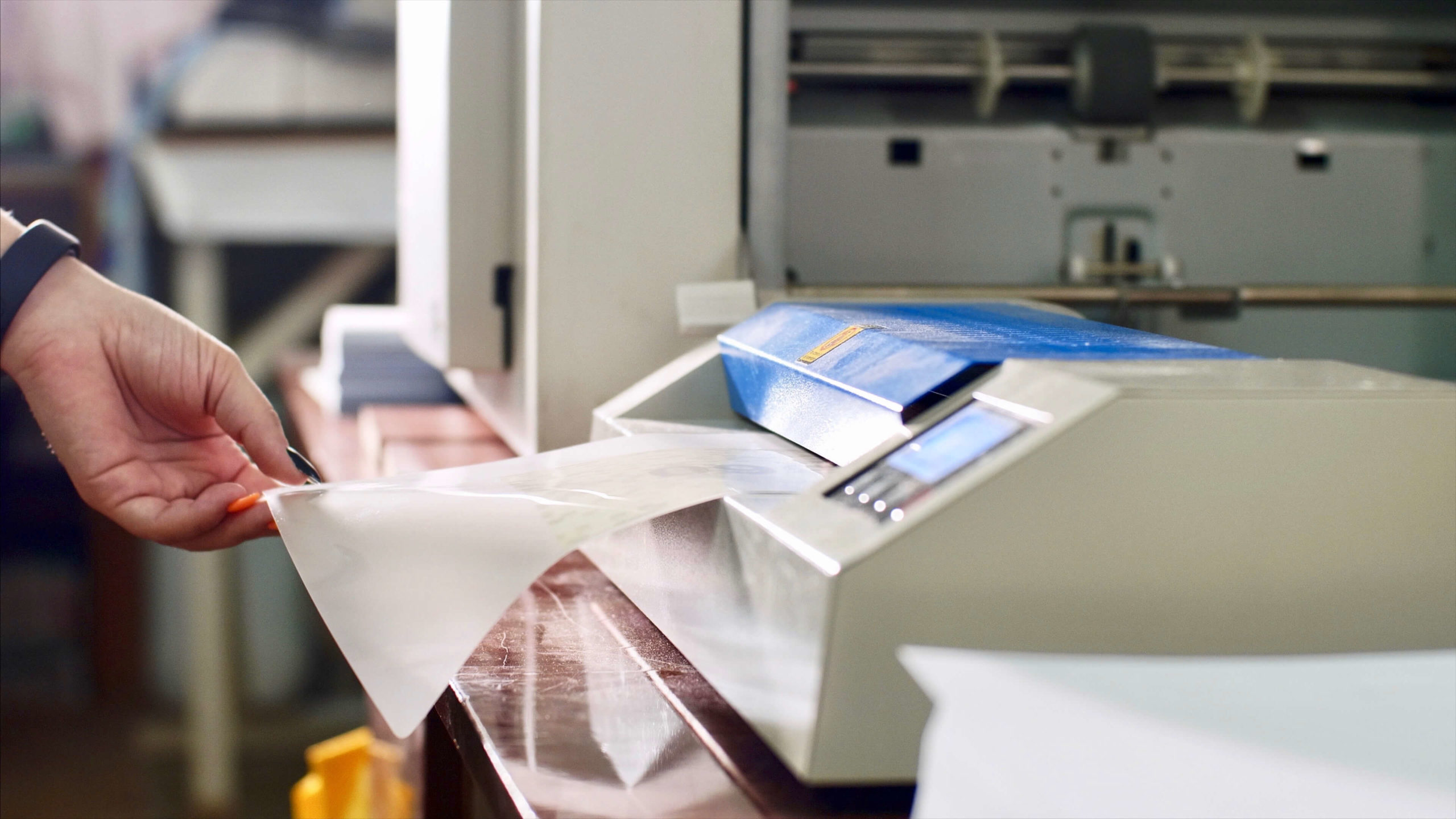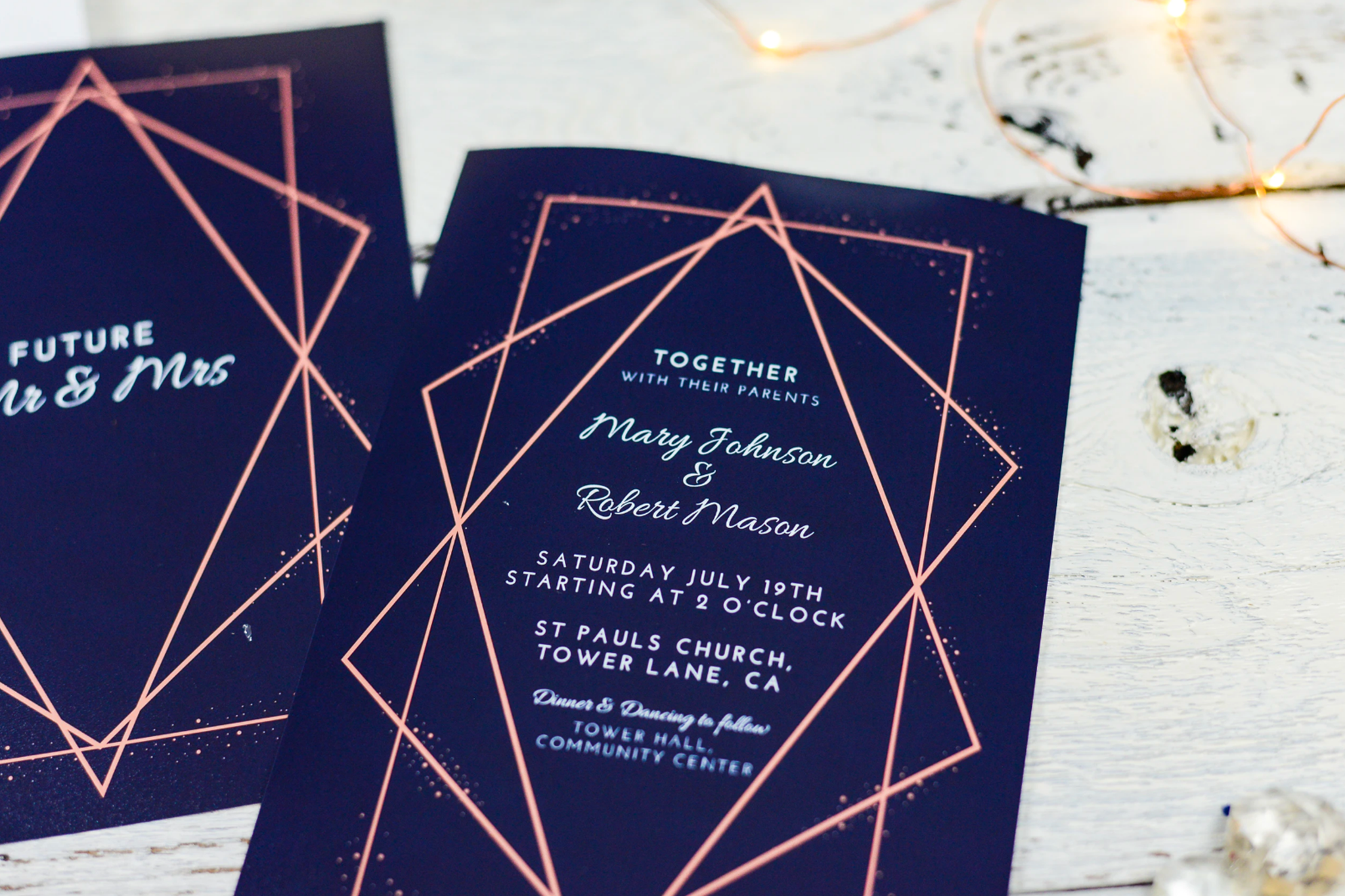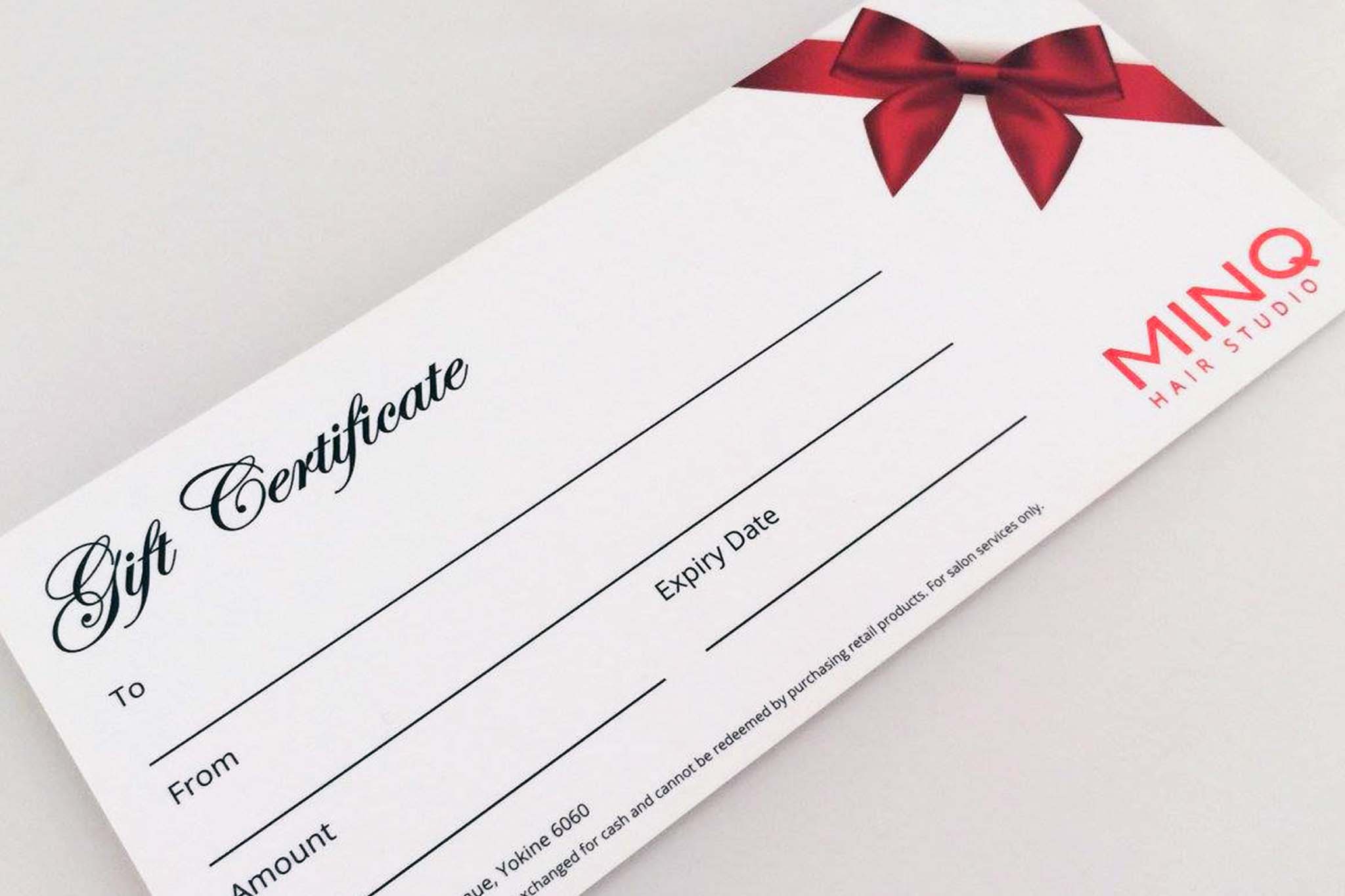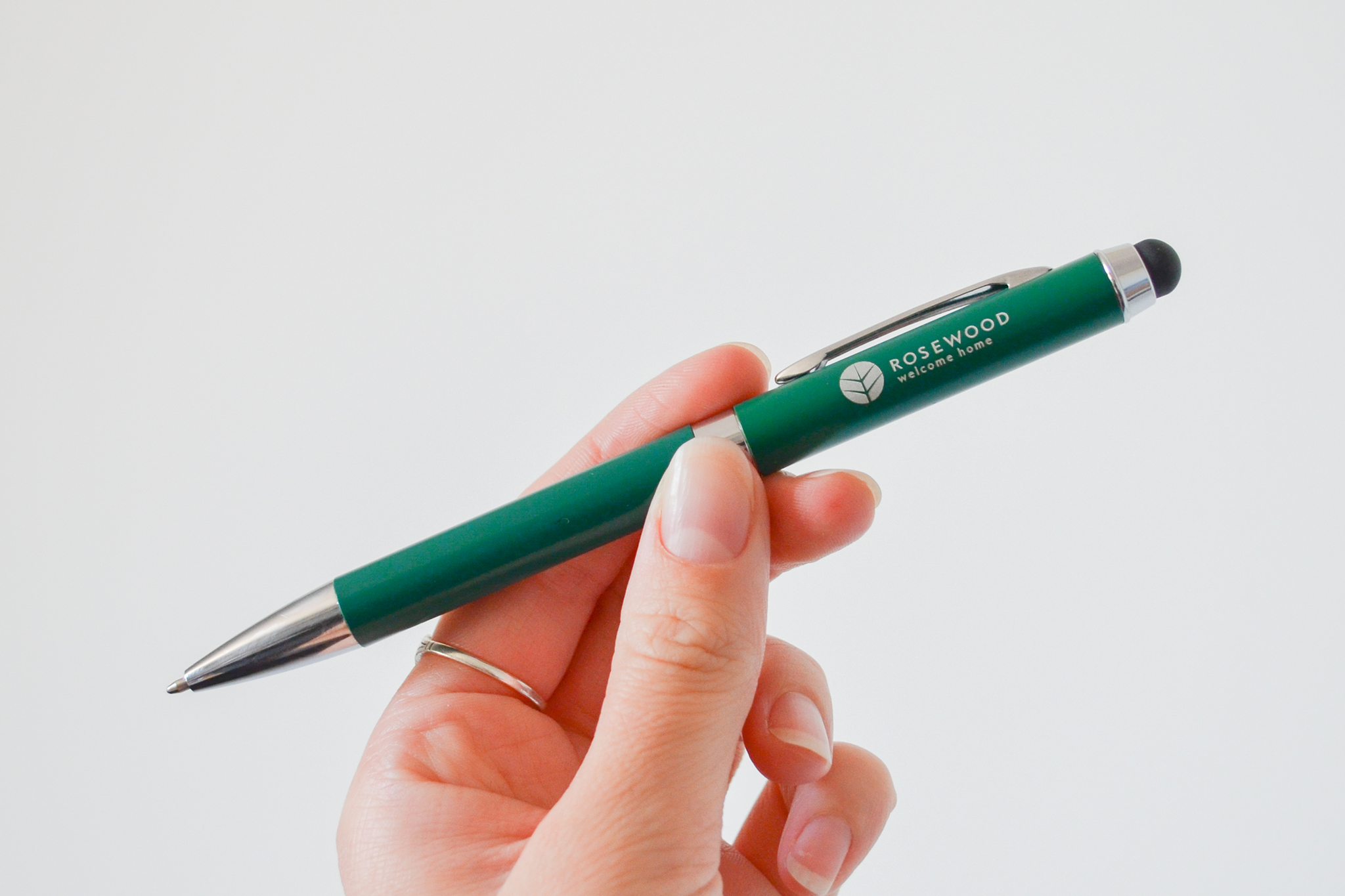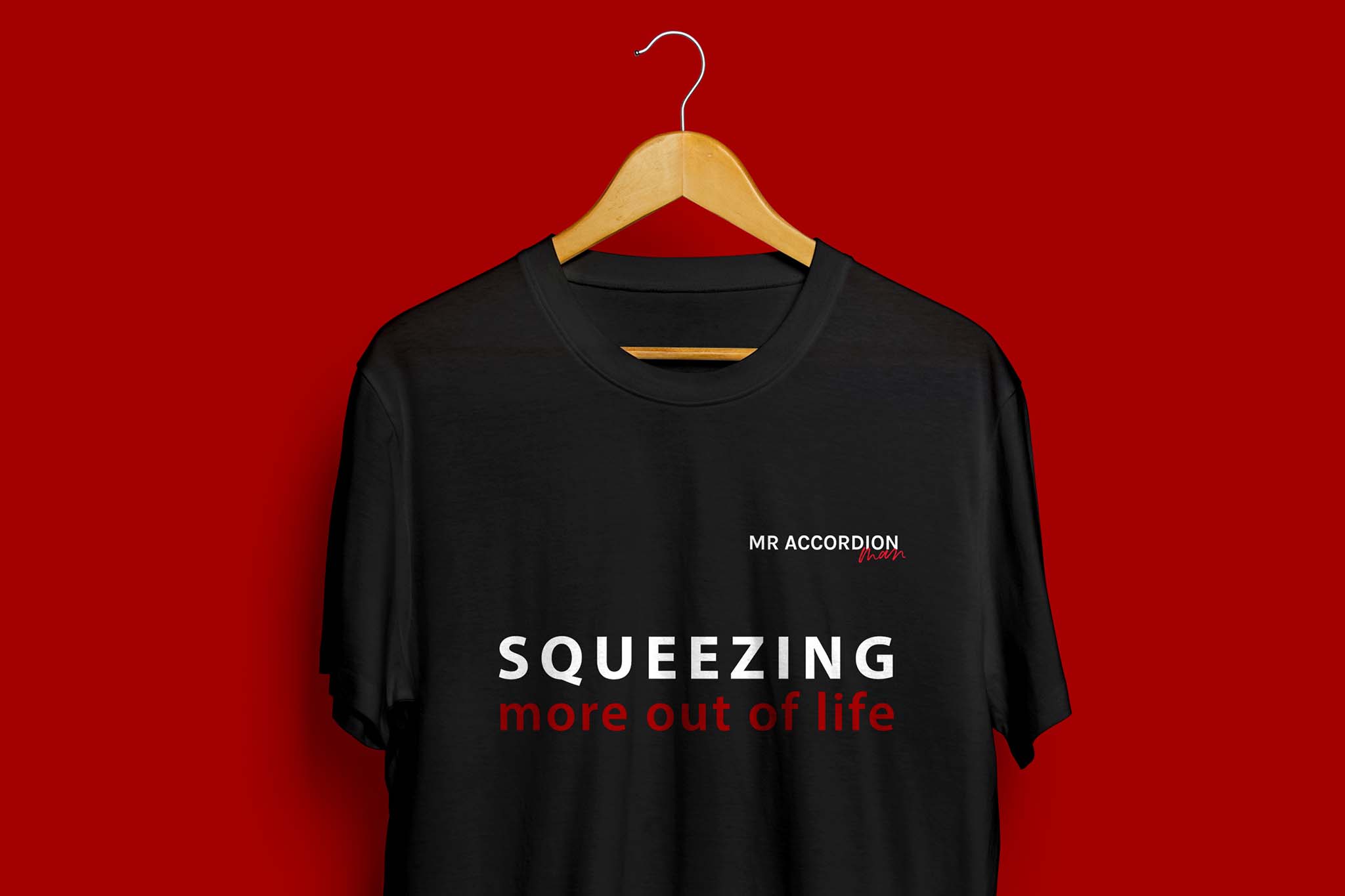If you’re preparing to open a café or restaurant, we think your graphic designer and printer ought to be on your speed dial, at least initially. You might be thinking that, firstly, surely the food and drinks are the most important things to think about, and secondly, no one uses speed dial anymore (we know, but ‘favourite’s list’ just didn’t have the same ring to it).
Well, we believe that in today’s world, how you present and market your business is arguably as important as the products and services your business provides. Have you ever visited a website only to close the browser because it doesn’t seem legitimate? Or walked into a restaurant only to turn around and walk out because the fear of food poisoning actually inspires you to go home and cook?
The reality is that many of these businesses likely provide perfectly adequate products and services, but their poor presentation means potential customers won’t even engage with them. This is particularly problematic in the hospitality industry, as customers are more discerning when their health and wellbeing is at stake. People are also more likely to visit your café or restaurant if your space is trendy and Instagrammable (this’ll pop up in the Oxford dictionary soon, we know it). After all, the hospitality industry has always been a competitive one, and you’ll want to ensure that your business stands out for all the right reasons.
Here, we’ve compiled a list of some of the advertising and print essentials you need to think about before opening your doors (and if you’re already open, don’t fear, it’s never too late!).
Menus
Your first step is to craft a mouth-watering menu that will have people flocking from far and wide just to get in the door. Once you’ve done this, you have to design the menu in an easy-to-read, aesthetically pleasing way (and we can’t stress this enough, no one wants to read a menu in size 12, Times New Roman). You’ll also have to think about the type of paper or card you want to use, and whether you want your menus laminated. We strongly suggest going with a durable option that can be reused without being damaged. If you’re anything like us, receiving a menu with food stains or tears around the edges will immediately taint the dine-in experience!
Opening Hours
Have you ever walked past a café that looks and smells incredible, but not have time to stop, so you make a mental note to come back? As a business owner, you don’t want to give a potential customer any reason not to return, so make sure you have your opening hours on display so they know when they can stop by! A simple but important marketing tool that shouldn’t be forgotten!
Product Labels
Branded. Product. Labels. We cannot stress this enough. By giving your customers branded material, such as coffee cups or juice bottles with your logo printed or stuck on, you’re securing yourself some free and effortless advertising. You’d have to provide the cup anyway, so why not get your brand out there at the same time? Plus, if you have them designed well, you can guarantee that some sneaky snaps will surface online with your logo on full display.
Loyalty Cards
Loyalty cards are one of the most valuable marketing tools around. Not only are they a form of advertising, but your customer will be reminded of your business every time they open their wallet. Customers will be more motivated and incentivised to purchase your product over someone else’s if they’re working towards something, like a free coffee! We can’t be the only ones who think coffee tastes a little better when its free. Your customers will leave feeling like their loyalty and patronage is valued, and all it will cost you is a free coffee every now and again, a small price to pay to keep your customers coming back!
Placemats
If you’d prefer to have some decoration on your tables but are not keen on tablecloths, consider adding paper placemats. You could choose to print your menu on them or take the opportunity to display your brand –these will also provide an aesthetic backdrop to some social media snaps and double as advertising, so consider adding a hashtag too!
Signage & Aframes
All the marketing tools in the world won’t be effective if customers can’t actually find your business, which brings us to our last and one of the most important advertising essentials – signage! We recommend starting with an eye-catching and industry appropriate design (no café owner wants their customers to confuse them with the local tyre shop) and then take some time to map out the most effective places to install your signage.
You should also consider ordering an aframe or two to place roadside or outside your door to attract anyone walking or driving by who may otherwise not have noticed your business – this is also a great way to get more information about your business out there – for example, you can include your opening hours or weekly specials!
One last thought…
In today’s world, you can offer some of the best products or services around, but if your business isn’t marketed or advertised effectively, then you won’t be reaching your full potential or getting the customers you’ve worked so hard for.
If you want to give your business the best chance of success but don’t quite know how to tackle the marketing alone, we would be happy to connect you with our wonderful team of designers and print specialists to help you get started!


